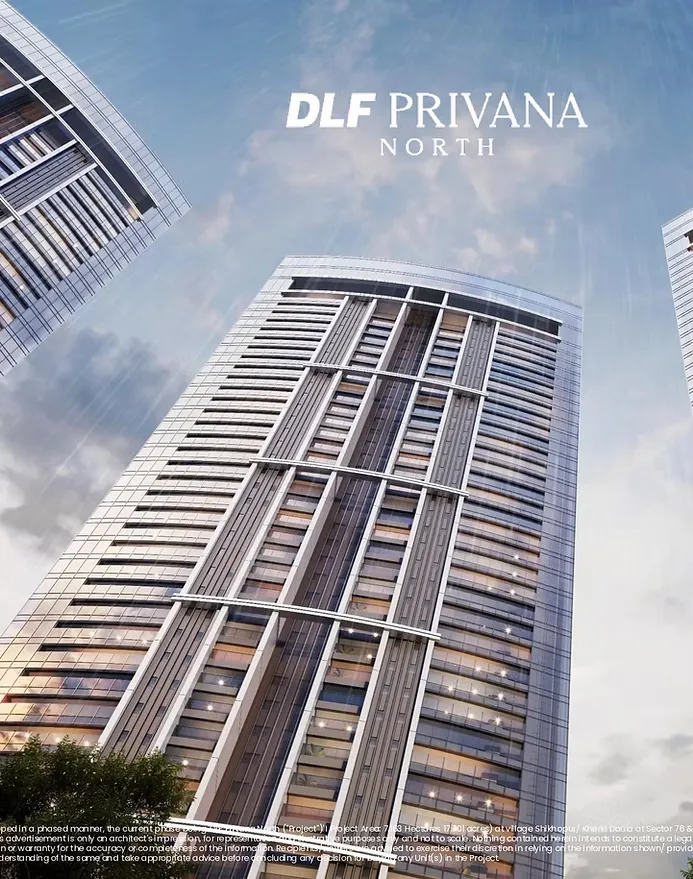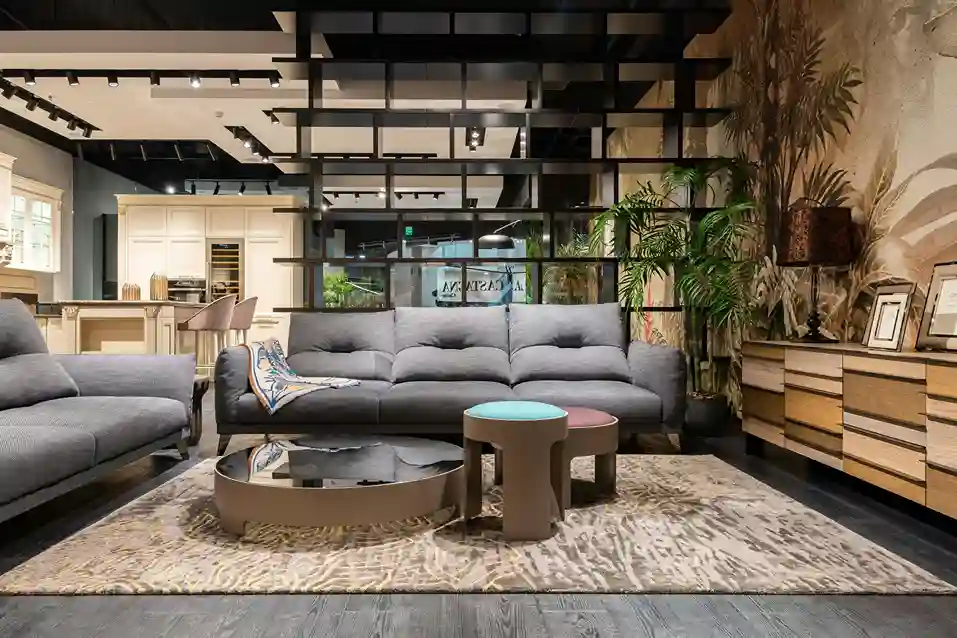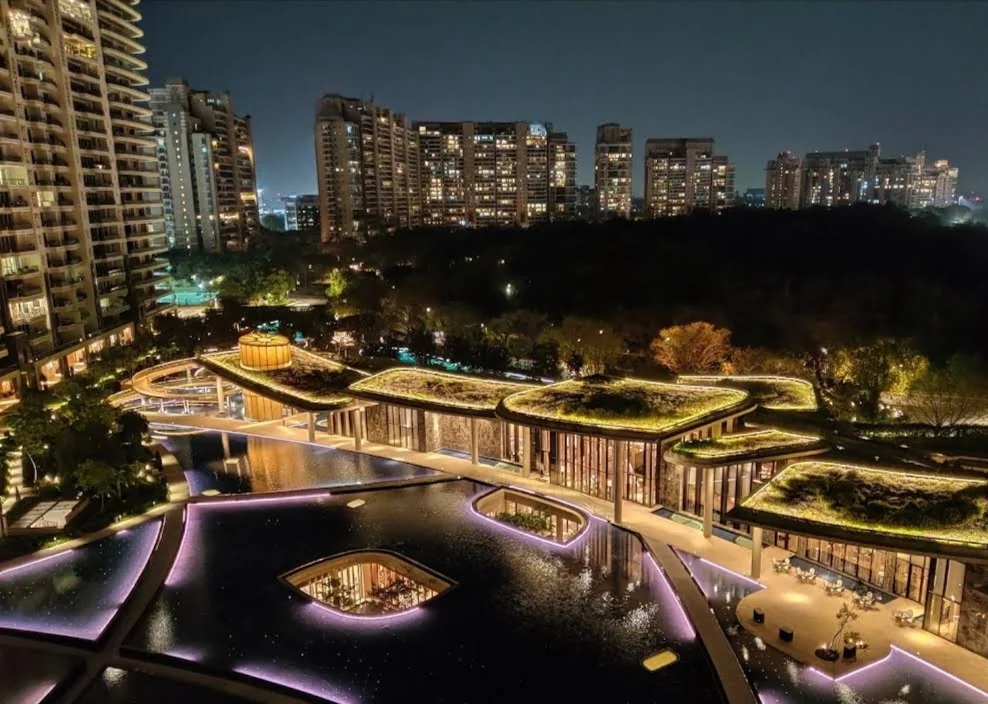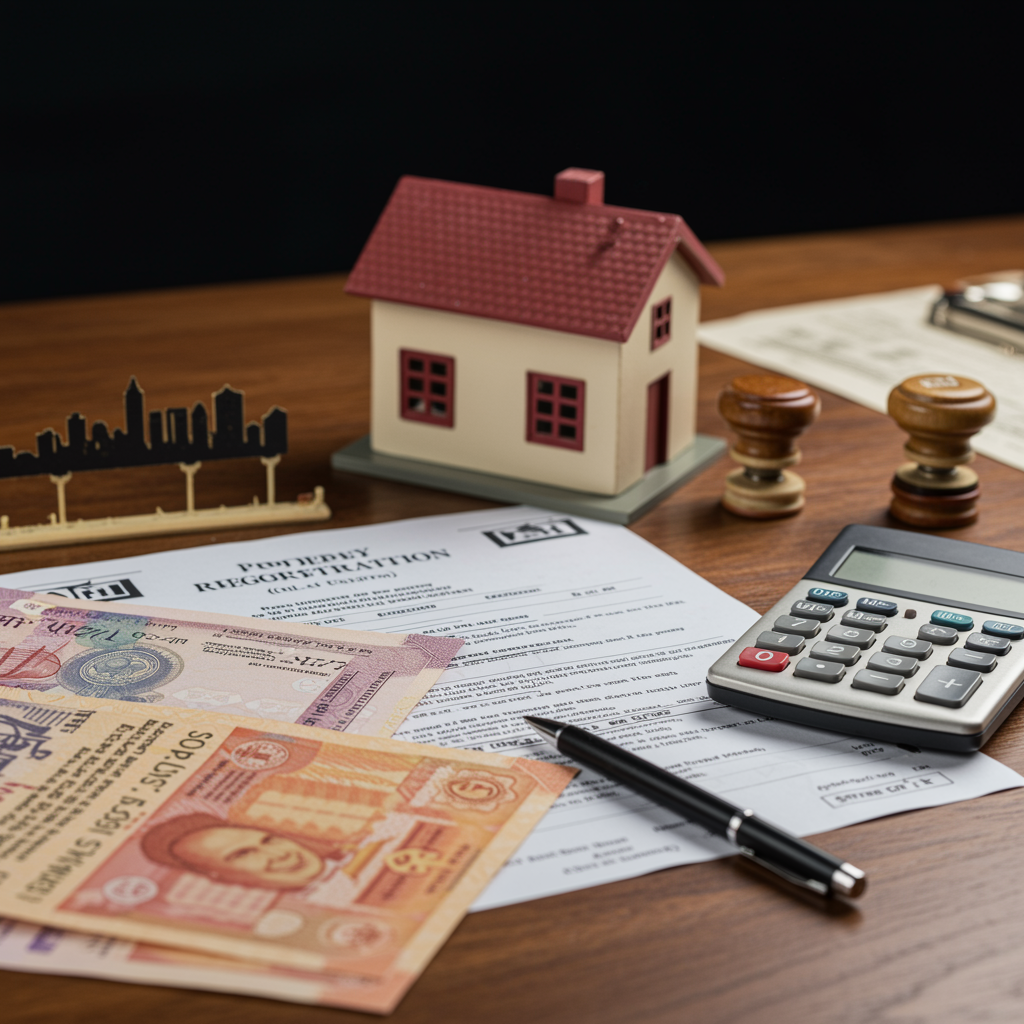
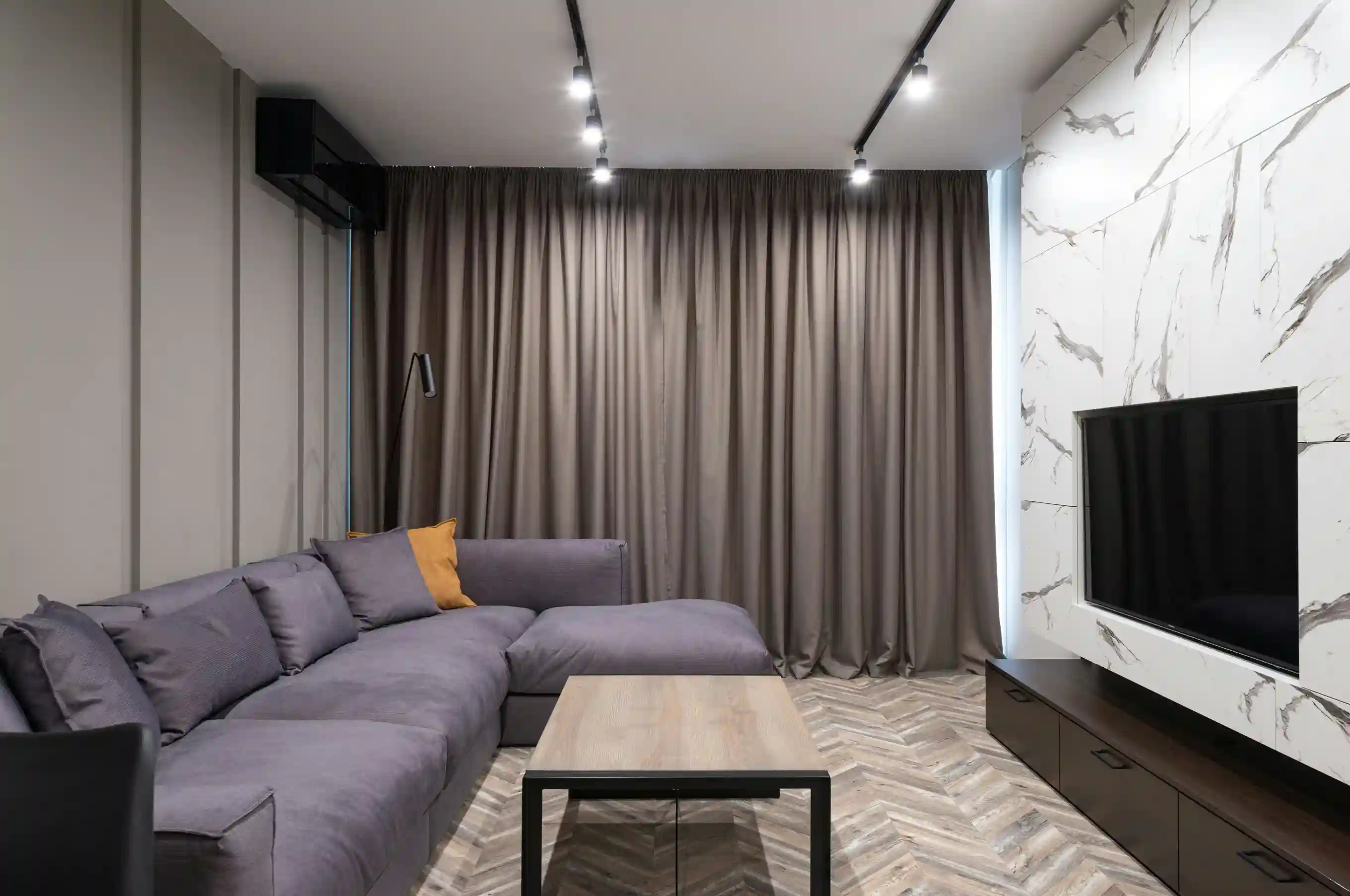
When Anaya and Karan began planning their dream home, they didn’t just think about aesthetics or square footage. They were thinking about the future, how rising temperatures might impact their comfort, how energy bills could evolve, and what their family might need five or ten years from now. They wanted a home that could adapt. One that wouldn’t just age well but would support them through every phase of life. That, in essence, is the goal of a truly future-proof home.
Beyond materials and technologies, future-proof home design is deeply personal. It’s about creating a space that feels relevant today and remains functional decades later. This could mean planning an accessible bathroom for aging in place or incorporating dedicated areas for hybrid work-from-home needs. Designing with foresight can help reduce renovation costs later and future-proof your emotional investment in the home.
This means planning homes that work with nature, not against it. By designing around natural light, ventilation, and insulation, homeowners can stay comfortable year-round with less energy use. Energy-efficient technology becomes an essential, not just for savings but for resilience.
Moreover, sustainable housing also embraces energy independence. Homeowners are increasingly installing solar panels and battery storage to avoid dependency on fluctuating utility rates and reduce carbon emissions. These systems are not just environment-friendly, they're also cost-saving. And when paired with passive cooling techniques or native landscaping, the home's ecological footprint reduces dramatically.
Builders are embracing modular housing as a practical solution, too. Modular builds are often faster, produce less waste, and offer customisation that helps homeowners align design with values. Add features like composting units or solar battery storage, and you’ve got a house that works as hard as you do.
These smart home features go beyond convenience. For individuals with mobility concerns or cognitive limitations, voice-controlled lighting or auto-locking doors offer safety and independence. Smart thermostats that learn your routine can optimise power use, reducing energy waste. The future of connected living lies in devices that are adaptive and accessible to a wide range of users.
Modern smart home trends include things like lighting that adjusts with natural cycles, voice-activated assistants, or appliances that track and optimise energy use. These systems allow homeowners to live more comfortably while conserving resources. When combined with energy-efficient technology, such as induction heating, motion-sensor lights, or solar water heaters, smart homes go from being impressive to indispensable.
This flexibility extends into multi-generational households, where grandparents and teenagers may share a home but need separate spaces. Modular housing allows homeowners to reconfigure spaces as needed without major structural changes. These homes support evolving families, enabling functionality without forcing relocation or expensive upgrades every few years.
With modular housing principles, walls can shift, rooms can be repurposed, and every space serves multiple functions. Think of a guest room that turns into a home office or a balcony that doubles as a vertical garden. These design choices mean your home continues to work even as your life changes. Adaptive reuse also plays a role, transforming older, underused parts of a house into something meaningful again. A forgotten storeroom can become a meditation nook. An old garage, a cozy studio. Future-proof homes aren’t static, they evolve.
A truly resilient home also factors in psychological comfort, natural light, green views, and acoustically insulated walls reduce stress and create healthier living environments. Architectural foresight can include window placements that maximise daylight, green courtyards that cool the air naturally, and materials that withstand harsh conditions with minimal upkeep.
From elevated foundations that guard against floods to reflective roofing materials that keep interiors cool, resilient architecture provides peace of mind. Features like battery backups, water-efficient landscaping, and decentralised energy sources prepare homeowners for uncertainty while adding everyday comfort.
Use this quick reference to evaluate whether your current or planned home meets the key standards of future-proof living:
A future-proof home isn’t about following trends, it’s about making timeless choices. Homes should serve the people living in them, not just for now, but for the years to come. Whether it’s a smart thermostat that saves energy or a modular layout that grows with your family, every decision matters. By embracing sustainability, flexibility, and smart design, homeowners can build spaces that not only reflect who they are today but support who they’ll become tomorrow. Because when you think about the future with care and creativity, your home becomes more than shelter, it becomes a legacy.
Disclaimer: This blog has been written exclusively for educational purposes. The information mentioned are only examples and not recommendations. It is based on several secondary sources on the internet and is subject to changes. Please consult an expert before making related decisions.
